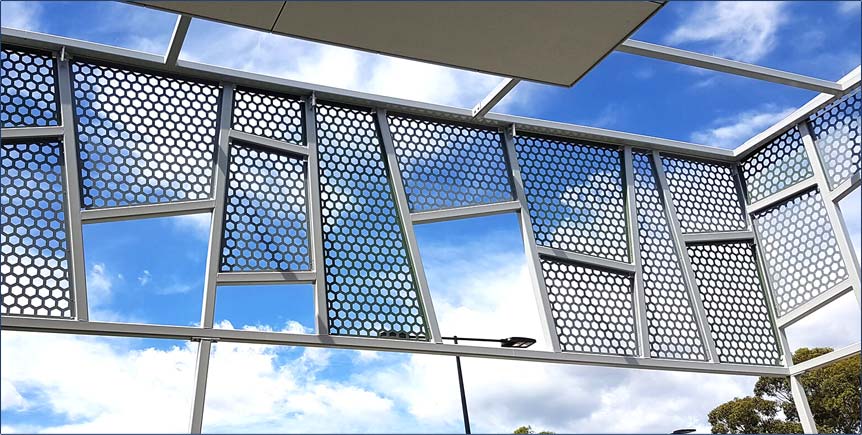Understanding Drain Channels and Grating in Steel Construction
Drainage systems are critical elements in modern construction, ensuring that water is effectively channeled away from structures. One of the most important components of these systems is the drain channel, which works in tandem with grates—particularly those made of steel—to manage water flow and prevent flooding. This article explores the significance of drain channels and steel grating, emphasizing their functionality and benefits.
What is a Drain Channel?
A drain channel, or drainage trough, is an engineered channel designed to collect and direct surface water away from paved areas or buildings. These channels are commonly found in parking lots, driveways, and around commercial buildings where large amounts of water can accumulate. Effective drainage is essential for avoiding structural damage, erosion, and the growth of mold and mildew that can occur in standing water.
Drain channels come in various materials, including concrete and plastic, but those constructed with steel grating offer distinct advantages. Steel grating is durable, corrosion-resistant, and able to withstand significant loads, making it an excellent choice for high-traffic areas.
The Role of Steel Grating
Steel grating is a type of open-grid structure created by welding or forging steel bars, resulting in a material that provides high strength with reduced weight. Its design allows for maximum drainage while maintaining structural integrity. Steel grating can be used in various applications, from industrial settings to municipal infrastructures like sidewalks, drainage ditches, and even decorative landscaping features.
One key benefit of steel grating in conjunction with drain channels is its ability to prevent the entry of debris while allowing water to flow freely through the openings. This characteristic is vital for keeping drainage systems clear and operational, reducing the likelihood of clogs and backups. The spacing and pattern of the grating can be tailored to meet specific needs, ensuring optimal water flow and minimizing the risk of accidents in pedestrian areas.
drain channel & grating 1m steel grating

Advantages of Using Steel Grating for Drain Channels
1. Durability Steel is known for its longevity and resilience against weather elements. Steel grating does not warp, crack, or become brittle over time, ensuring a long service life and reduced maintenance costs.
2. Safety Steel grates provide a non-slip surface, which is particularly important in commercial areas that experience high foot traffic. This safety feature is crucial for preventing slips and falls, especially in wet conditions.
3. Customizability Steel grating can be manufactured in various sizes, styles, and load-bearing capacities. This flexibility makes it suitable for different applications, from light pedestrian walkways to heavy-duty industrial usage.
4. Ease of Installation Steel grating sections can be easily installed and replaced, making maintenance straightforward and efficient. This aspect is particularly beneficial when it comes to ensuring continued water flow in drainage systems.
Conclusion
In conclusion, the combination of drain channels and steel grating plays an essential role in effective water management in construction. Their durability, safety features, and customizability make them ideal for a wide range of applications. Understanding the importance of these systems not only helps in choosing the right materials for construction projects but also contributes to the overall sustainability and safety of modern infrastructure. As urban environments continue to evolve, the significance of effective drainage solutions like drain channels with steel grating will only become more pronounced.
-
The Best Metal Mesh Solutions: Expanded Aluminum Metal vs. Expanded Stainless Steel Metal
NewsSep.10,2024
-
Round Perforated Sheets vs. Hexagonal Perforated Sheets vs. Embossed Perforated Sheet Metal
NewsSep.10,2024
-
Perforated Metal Sheets
NewsSep.10,2024
-
Experience The Excellence Of Stainless Steel Grating
NewsSep.10,2024
-
Discover the Versatility Of Metal Mesh Expanded Forming Machines
NewsSep.10,2024
-
Discover The Advantages Of Steel Grating For Sale
NewsSep.10,2024
Subscribe now!
Stay up to date with the latest on Fry Steeland industry news.

